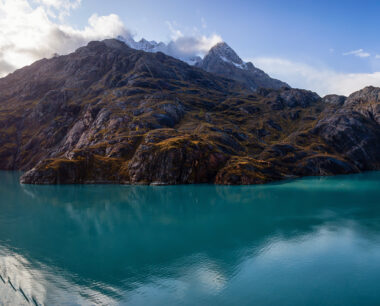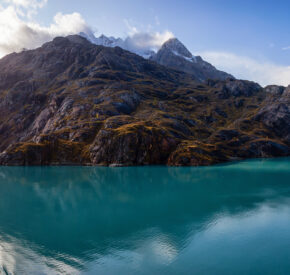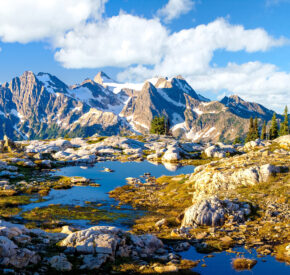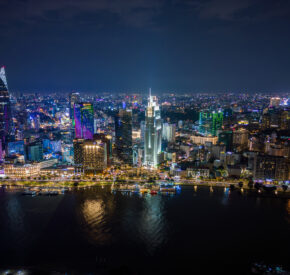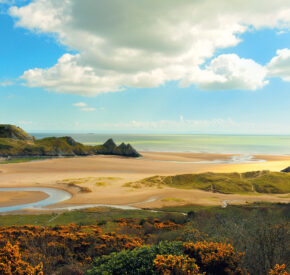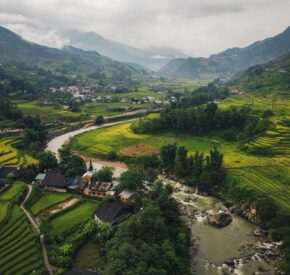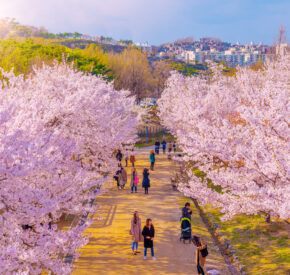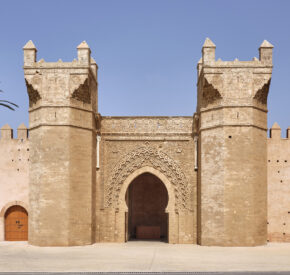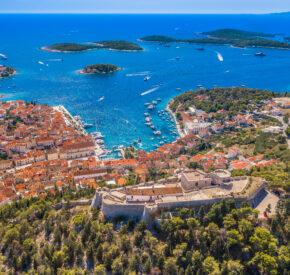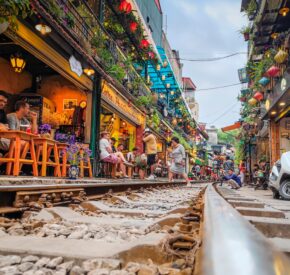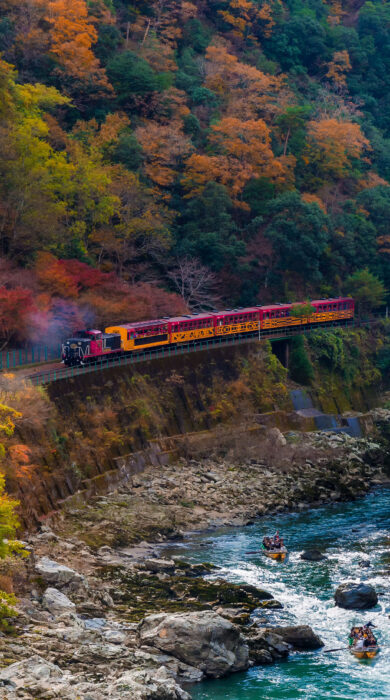
8 of the world’s most scenic autumn rail journeys
Soak up the northern hemisphere’s most dazzling autumnal landscapes from the comfort of a train carriage…
Autumn is a wonderful season to travel, and a train window is a great way to soak up the glorious colours of passing natural landscapes. Some railways even operate special trains during the weeks when the spectrum of yellows, golds and oranges is at its most appealing. Here are some of the lines in the northern hemisphere renowned for their autumn beauty, and, in some cases, places en route to be visited for the same reason.
The world’s most scenic rail journeys in autumn…
1. The Centovalli

Route: Locarno–Domodossola
Duration: 2 hours
How to book: switzerlandtravelcentre.com
Along the valley of the River Melezza, forests of larch and chestnut turn a glorious palette of yellow, gold and brown with the autumn chill. The valley has such steep slopes that there is thankfully no major road to defile its beauty, so this narrow-gauge railway journey between the Swiss canton of Ticino and Italy is the best way to enjoy it. The name comes from the hundred side valleys that the train has to leap over by often spectacular bridges and viaducts, and the railway serves a series of stone villages huddled round Italianate church towers. Nine of the twelve stations are request stops, often used by walkers hiking the network of footpaths through the woods. From Intragna, a cablecar ascends to Costa for a delightful walk though walnut woods to Cremaso, and another stretches from Verdasio station to the unspoilt hill village of Rasa, which cannot be reached by car.
2. The Moselle Valley
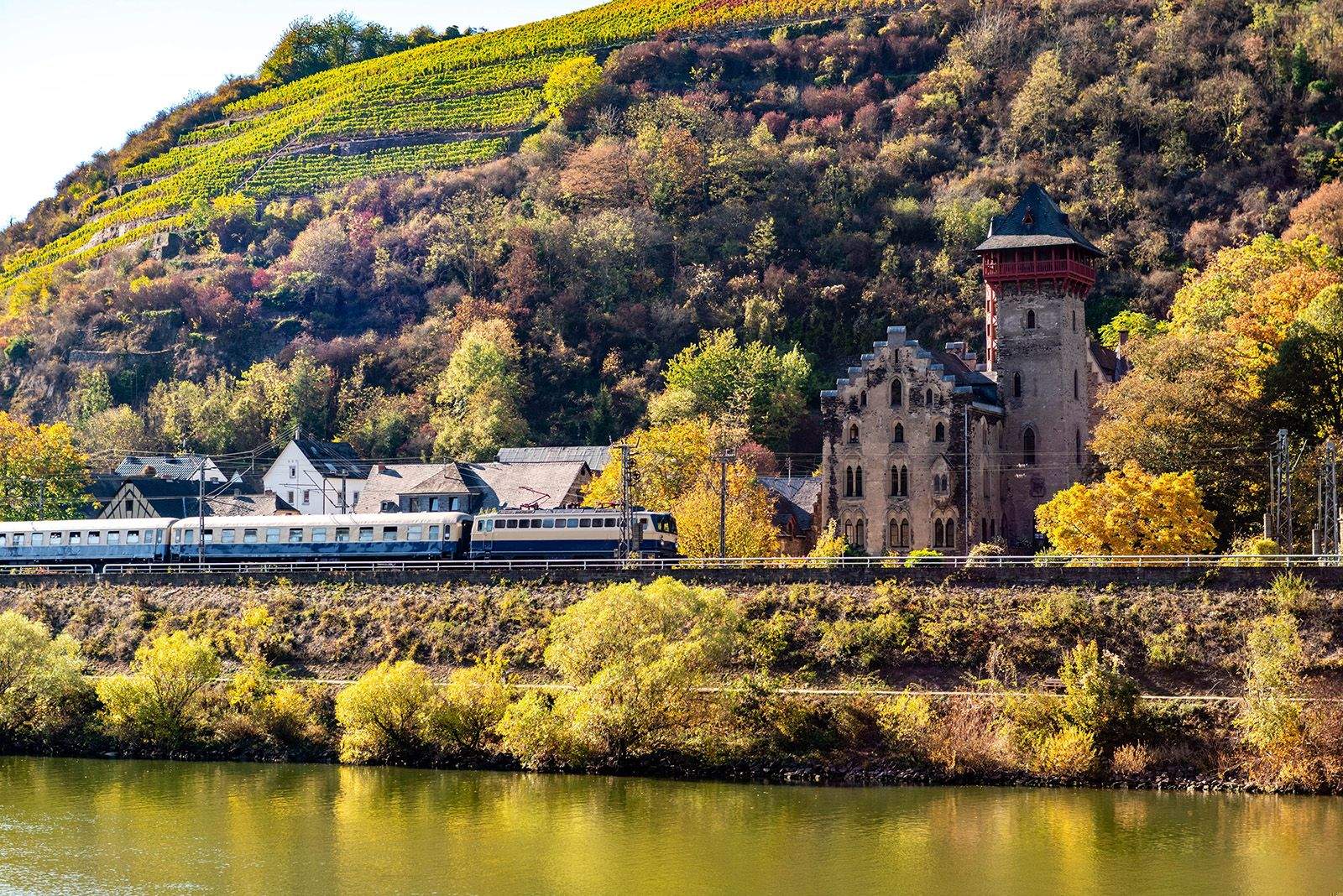
Route: Koblenz–Trier
Duration: 2 hours
How to book: ffestiniogtravel.com
Less well known than the famous lines that flank the Rhine valley between Cologne and Frankfurt is the railway that turns southwest from Koblenz along the north bank of the Moselle Valley to Germany’s oldest city, Trier. Leaving Koblenz, the Eltz Forest nature reserve enfolds Eltz Castle, one of Germany’s most dramatically sited fortifications. Neat ranks of vines climb above the railway and add to the colours of the trees, dominated by the beech whose cover extends into the distant hills of the Hunsrück. The villages are compelled to stretch along the river by the steep slopes behind them, and every patch of ground with enough soil and sun for vines is used.
3. Sagano Romantic Train
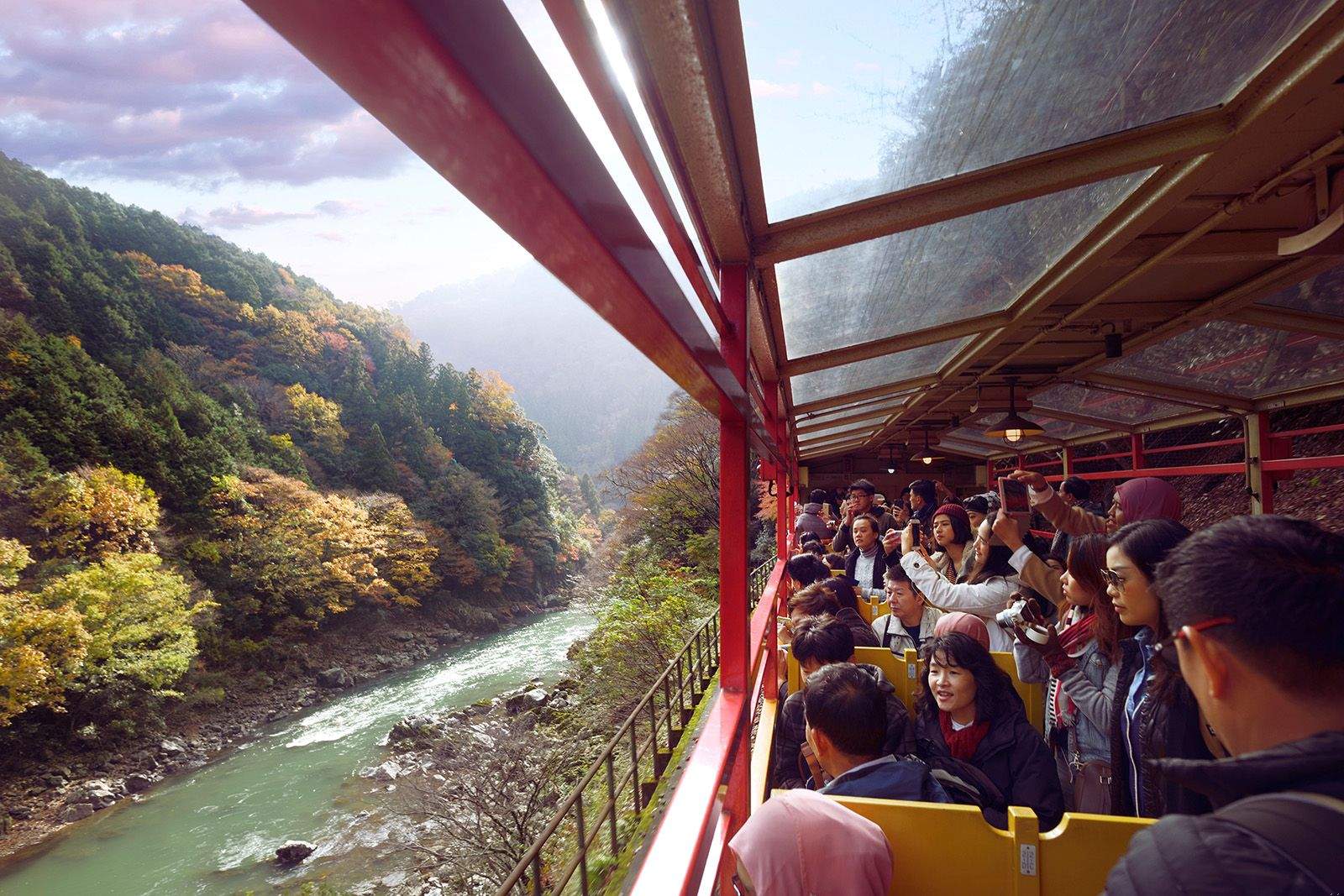
Route: Saga Torokko and Kameoka Torokko near Kyoto
Duration: 25 minutes
How to book: sagano-kanko.co.jp
Reached in 15 minutes by a Japan Railways train from Kyoto station to Saga-Arashiyama station, this train is as popular in spring for the cherry blossom as it is in autumn for the intense colours of the Japanese maples. The open-sided or windowed carriages crawl along during the most scenic parts of the journey, some sections of line burrowing through an avenue of trees. The line crosses the Hozukyo ravine at a sinuous point in the river valley, affording a view over an unbroken mass of autumn colour smothering the valley sides. The best time is mid-November to early December. The journey can be done both ways or by taking the train back to Kyoto from Umahori station, about five minutes’ walk from Kameoka Torokko station.
Read next: Plot your perfect Japanese rail adventure
4. Canadian wilderness
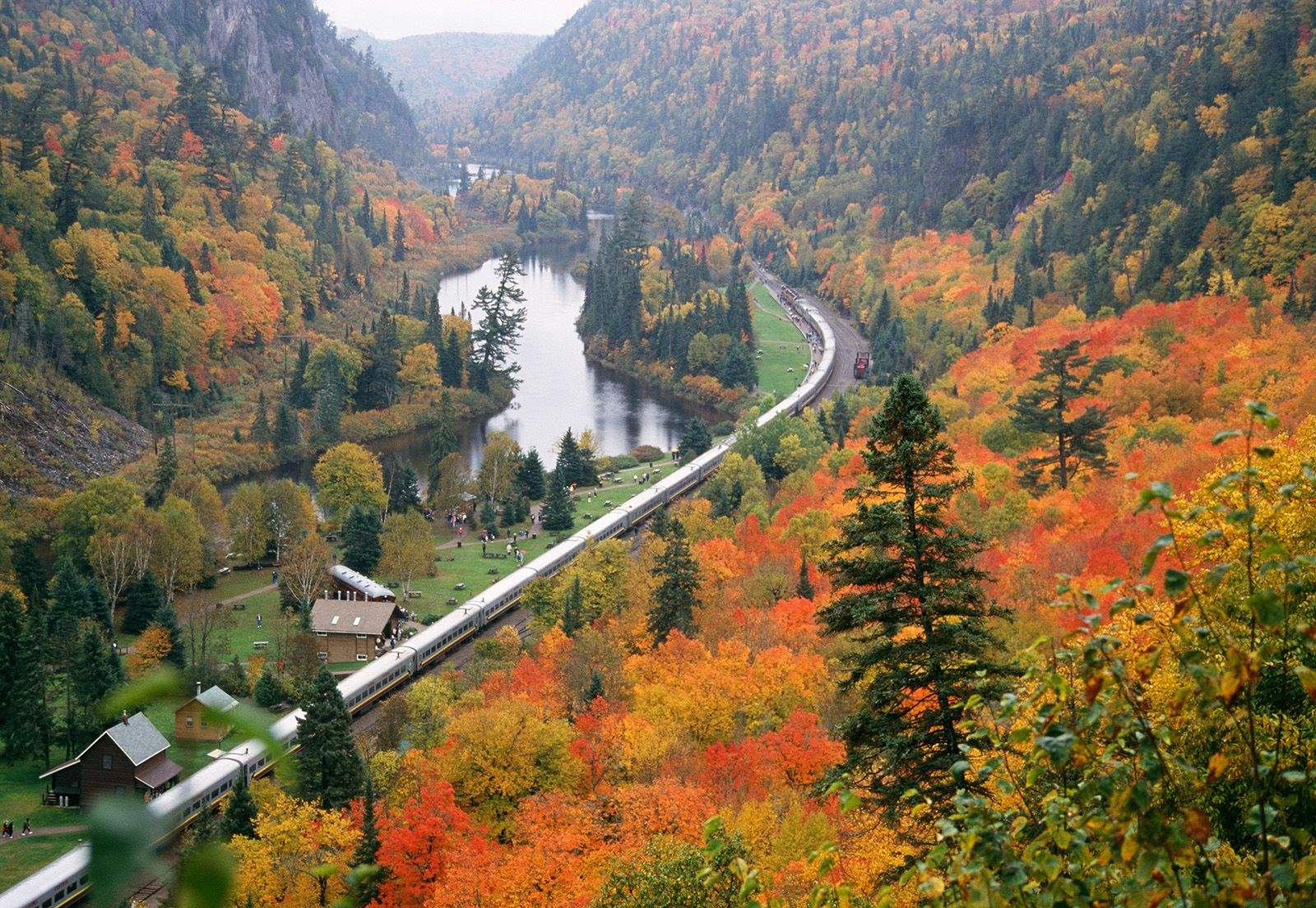
Route: Sault Ste Marie–Hearst
Duration: 10 hours (including return)
How to book:agawatrain.com
The Agawa Canyon Tour Train into the roadless wilds of northern Ontario is all about autumn colours. Operating from early August to mid-October, the train heads north for 114 miles beside lakes and rivers to reach the spectacular canyon carved by the Agawa River. It threads the mixed forest of the Canadian Shield and passes impressive granite rock formations, captured in paint by Group of Seven artists who used the railway to reach their subjects. At journey’s end, there is a 300-step climb to a viewing platform over the gorge.
5. Norwegian forests

Route: Oslo–Trondheim
Duration: 6 hours 30 minutes
How to book: entur.no
What Norway lacks in variety of trees, it makes up in numbers. The Dovre Railway is named after the range of mountains it crosses at 1,006m (3,300ft) to reach the Dovrefjell mountain plateau, home to a population of 300 wild musk ox. Birch, spruce and fir populate the forests flanking much of the railway to Norway’s former capital at Trondheim, the trees punctuated by ox blood-painted farm buildings. The railway skirts Norway’s largest lake, Mjøsa, where the world’s oldest working paddle-steamer takes passengers on excursions, to reach the winter sports centres of Lillehammer and Vinstra in the Gudbrandsdalen Valley. A steep, winding descent of a gorge lined with waterfalls that will soon freeze leads to the Trondheim lowlands.
6. Mount Washington Cog Railway
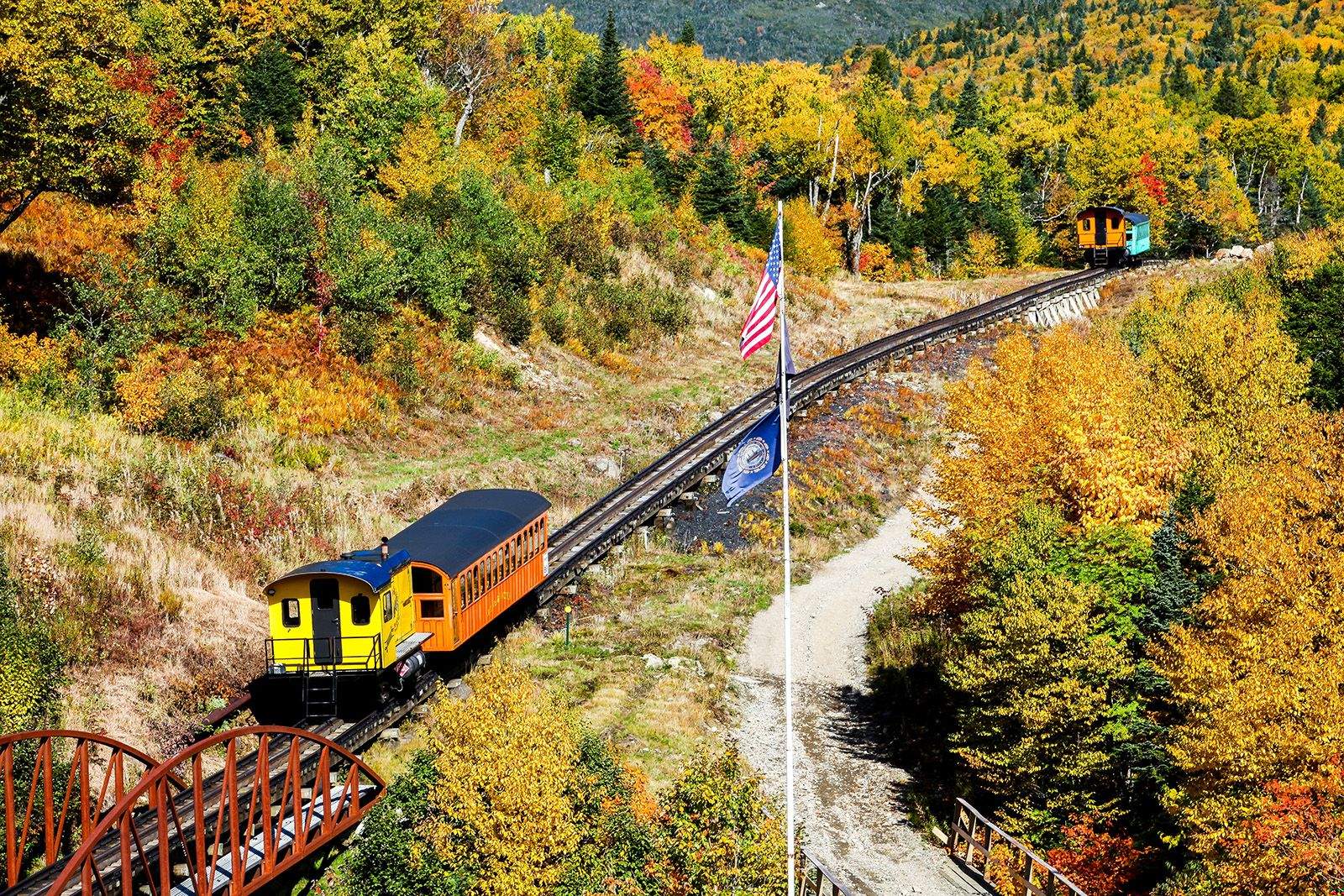
Route: Marshfield Base Station–Mount Washington
Duration: 3 hours (including return)
How to book: thecog.showare.com
The Mount Washington Valley is famed for its autumn colours between mid-September and late October, and the world’s first rack railway is a great way to see them. Opened in 1868, the railway scales the highest peak in New Hampshire’s White Mountains, climbing above the tree line for the alternative attractions of a 360-degree panorama and dramatic sunsets. Tree species and colours change as the train ascends, beech, birch and sugar maple giving way to red spruce and fir before reaching the sub-alpine zone of dwarf trees, often subjected to ferocious winds – until 1996 the mountain had recorded the world’s highest wind speed, of 231mph.
Read next: The USA’s most spectacular rail journeys
7. South Korea
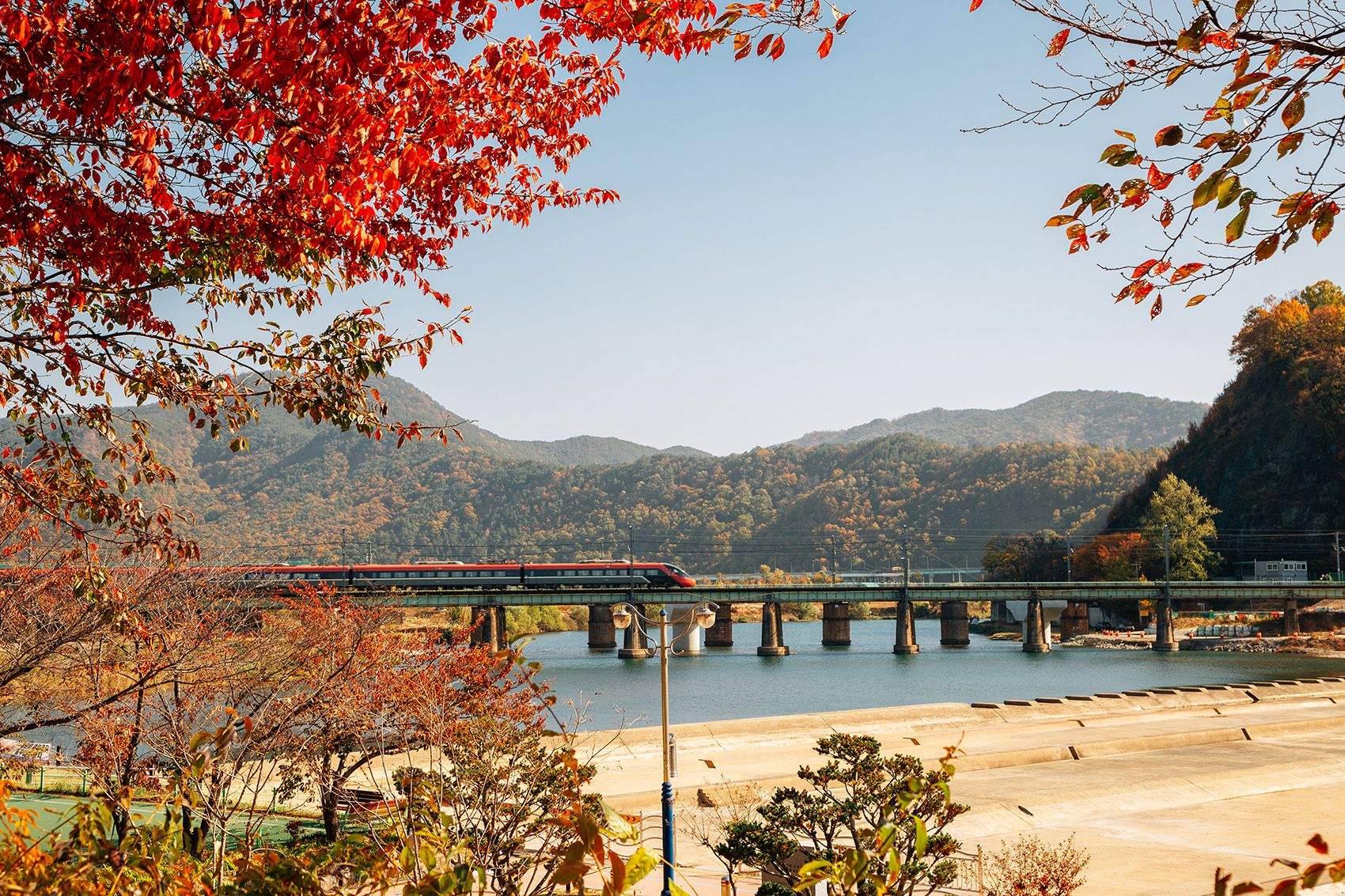
Route: Seoul–Busan
Duration: 2 hours 15 minutes – 5 hours 30 minutes
How to book: koreantrain.com
Few countries can rival South Korea for the brilliance of autumn foliage in October and November. The country’s longest railway journey links Seoul and its second largest city, Busan on the south coast, and a good way to cross the country, perhaps breaking the journey at Darjeon to visit the Jangtaesan Recreational Forest for its gingko and metasequoia trees and dizzying suspension footbridge across a gorge. Unless you’re in a hurry, skip the KTX high-speed route and take a slower train over the older Gyeongbu Line to enjoy some of the country’s best views and autumn colours along Korea’s busiest corridor.
Read next: Plan your ideal trip to South Korea
8. The Loire Valley
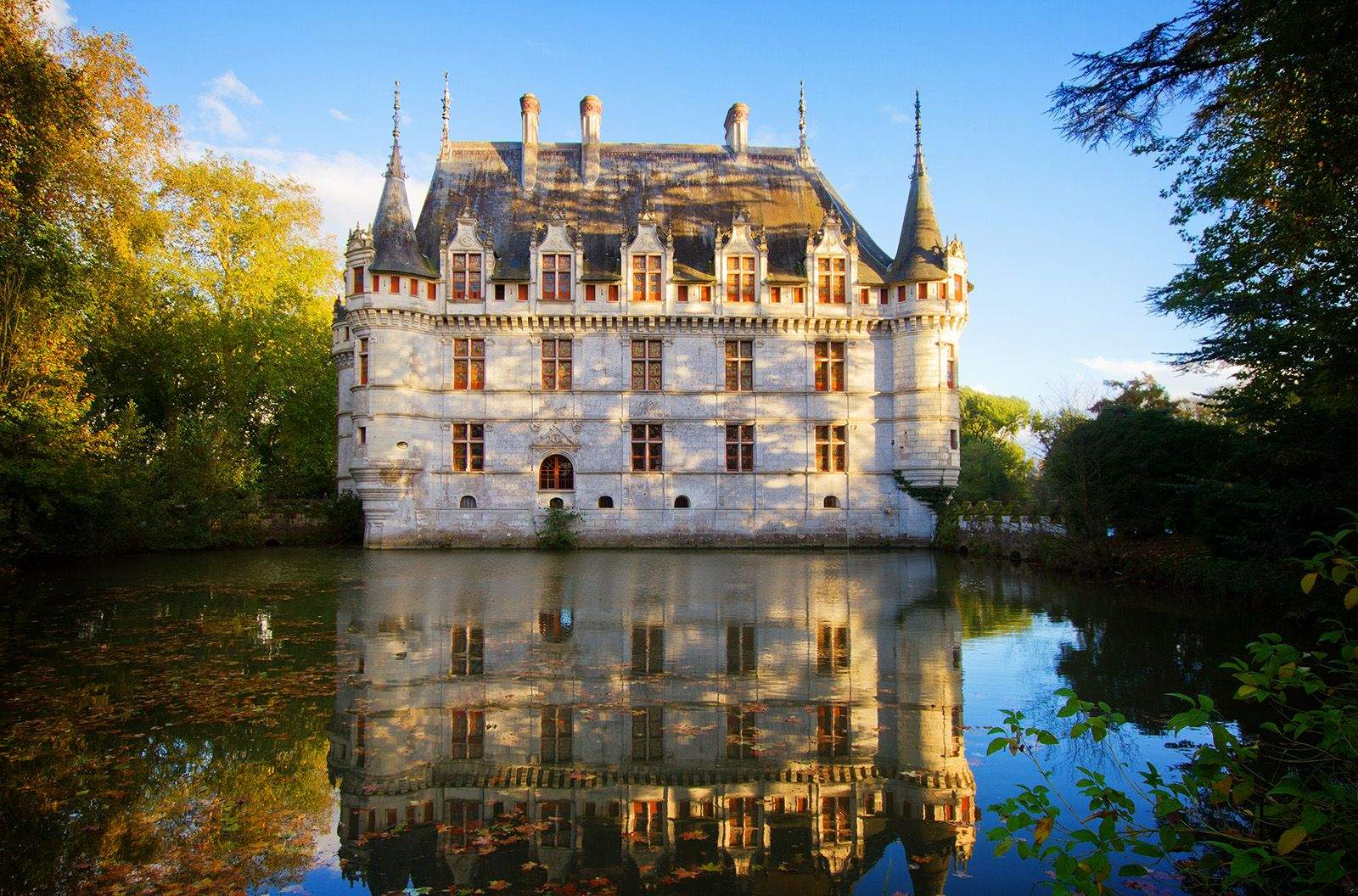
Route: Paris–Orléans–Blois–Tours–Nantes
Duration: Paris–Orléans 1 hour; Orléans–Blois 45 minutes; Blois–Nantes 2 hours 30 minutes
How to book: raileurope.com
From Orléans to Nantes and beyond to Le Croisic, the Interloire line is seldom far from the river and its 15 châteaux, and there is even an app to keep you company with information on what you’re looking at out the window (le Val de Loire vu du train). Local stopping trains allow the free carriage of bikes for those planning a linear journey between châteaux, many offering paths through their wooded estates for walking or cycling, such as the 15km of cycle paths around Chambord.





